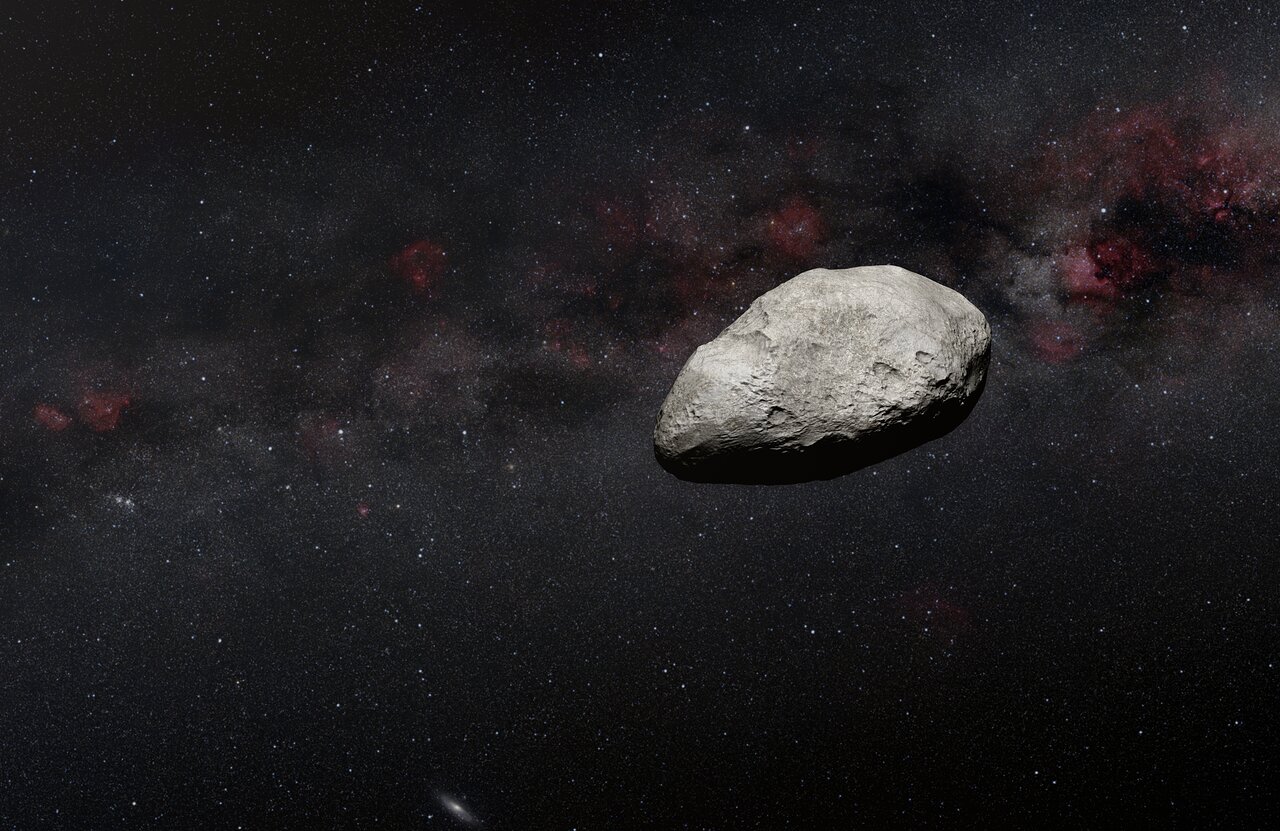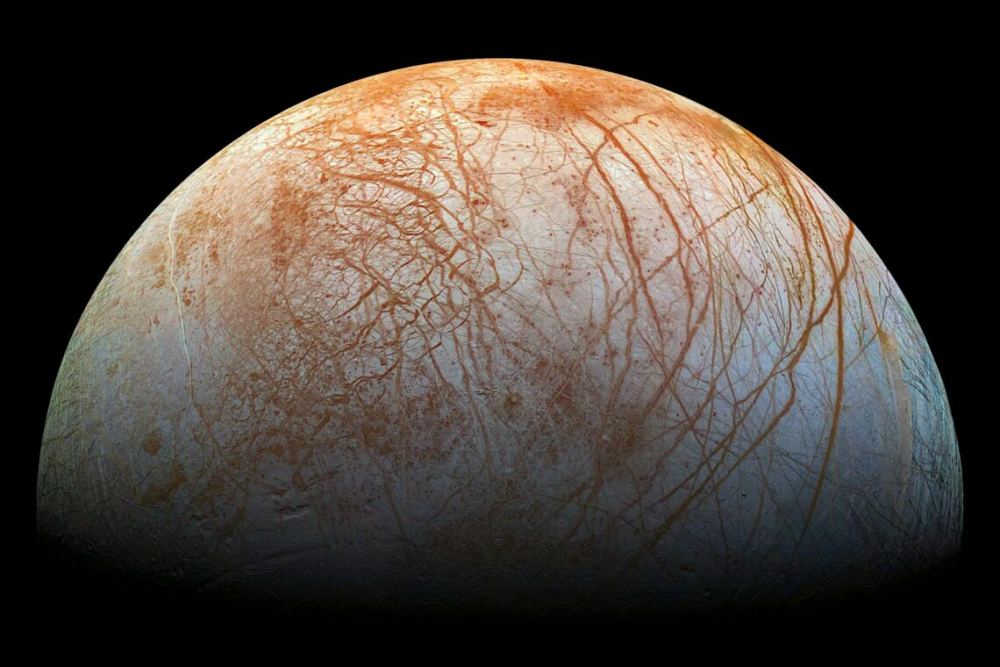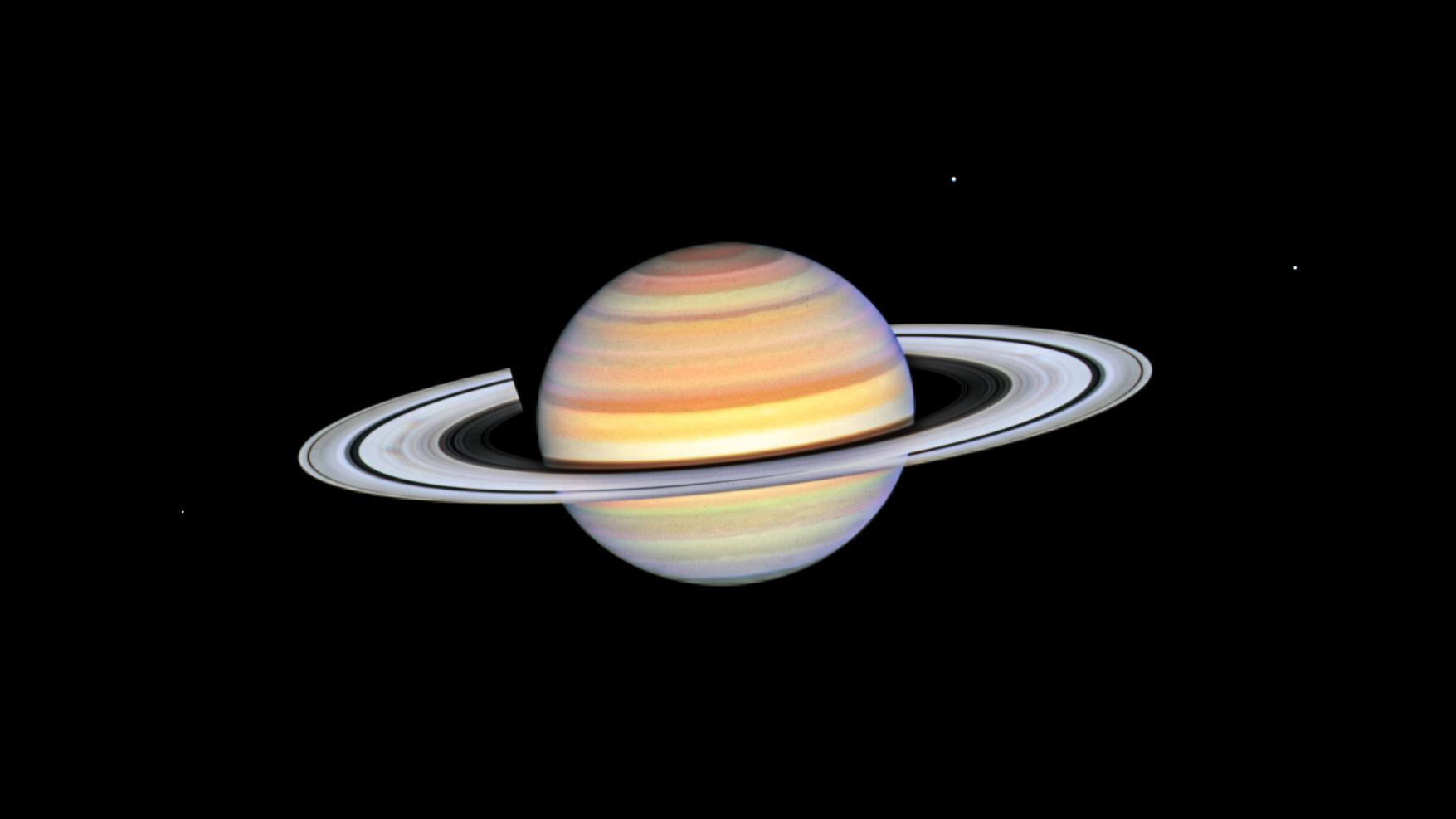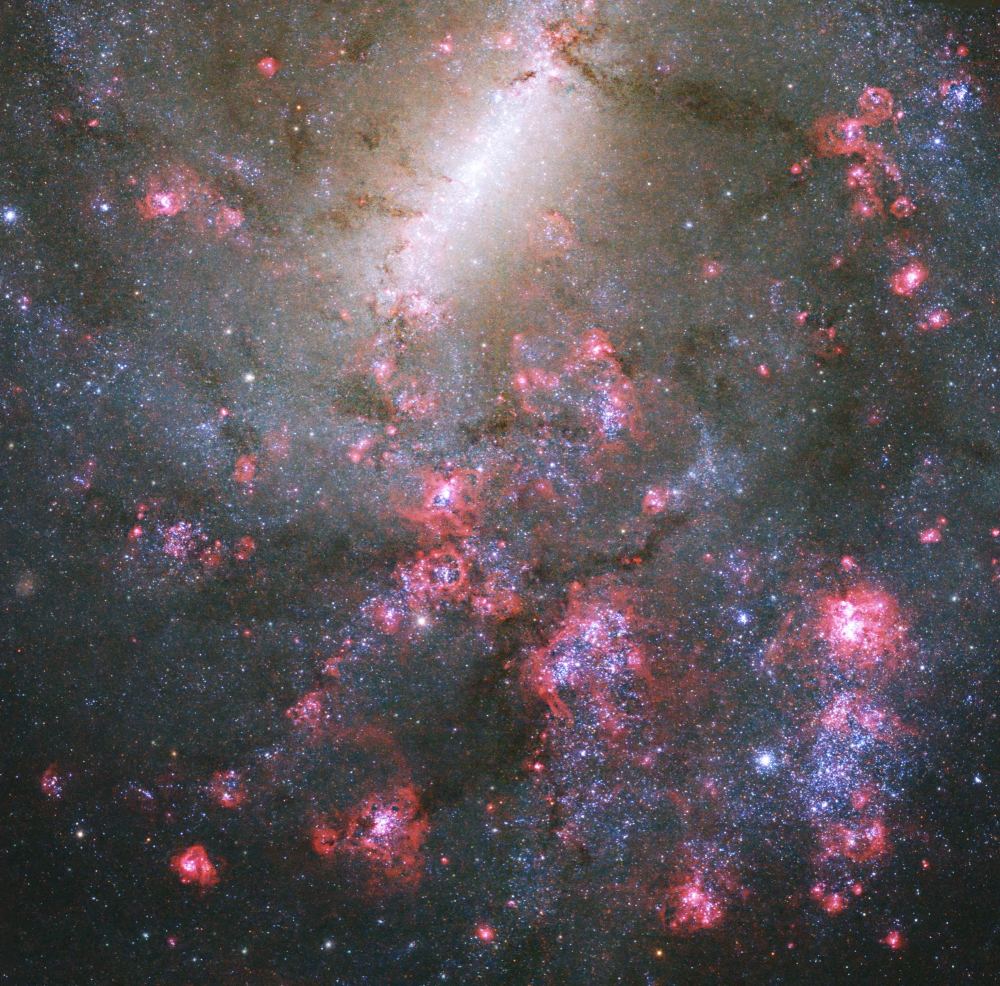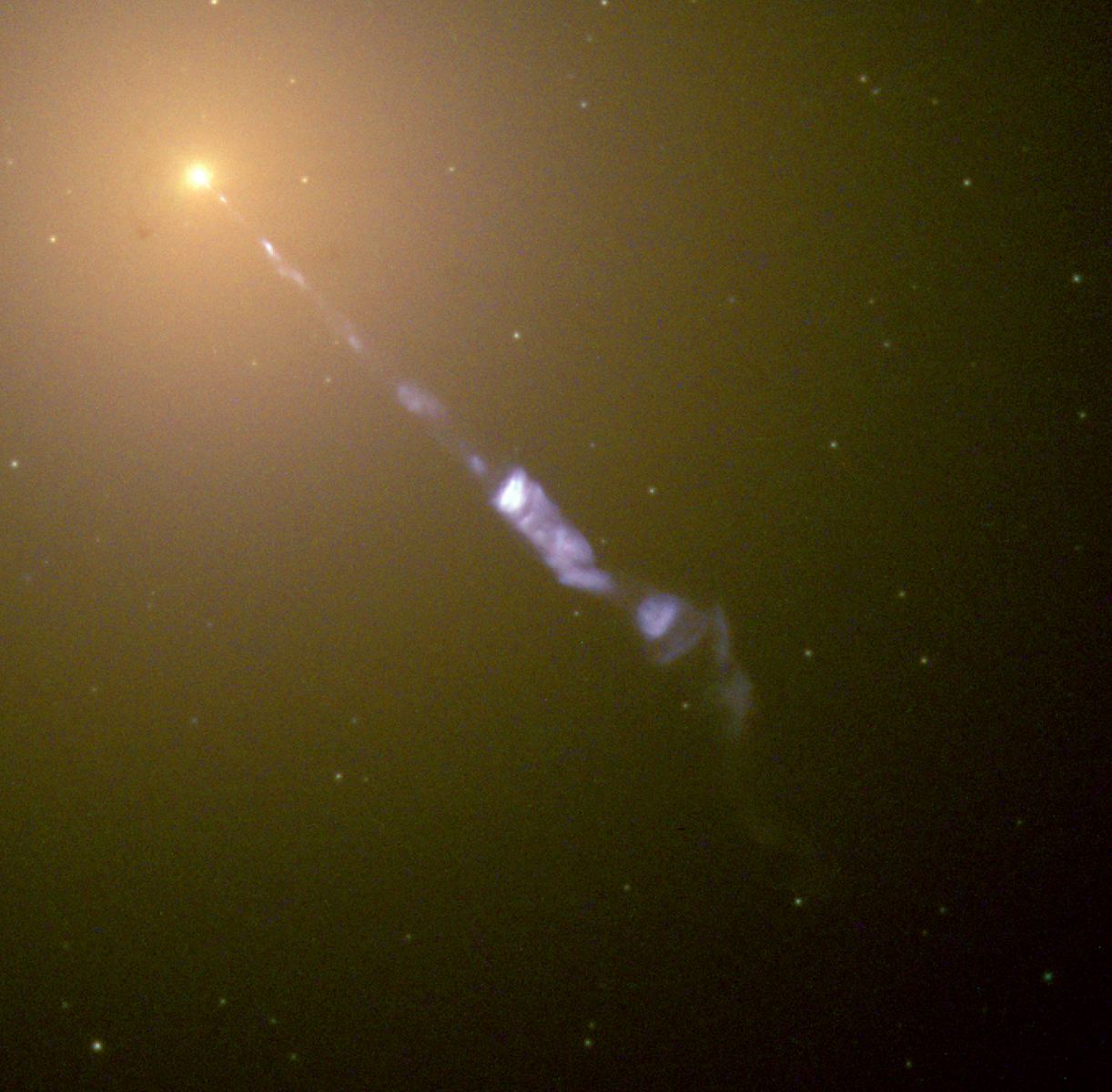Almost every large galaxy has a supermassive black hole churning away at its core. In most cases, these black holes spin in concert with their galaxy, like the central hub of a cosmic wagon wheel. But on December 18, 2024, NASA researchers announced they had discovered a galaxy whose black hole appears to have been turned on its side, spinning out of alignment with its host galaxy.
Continue reading “Astronomers Find a Black Hole Tipped Over on its Side”Astronomers Find a Black Hole Tipped Over on its Side





